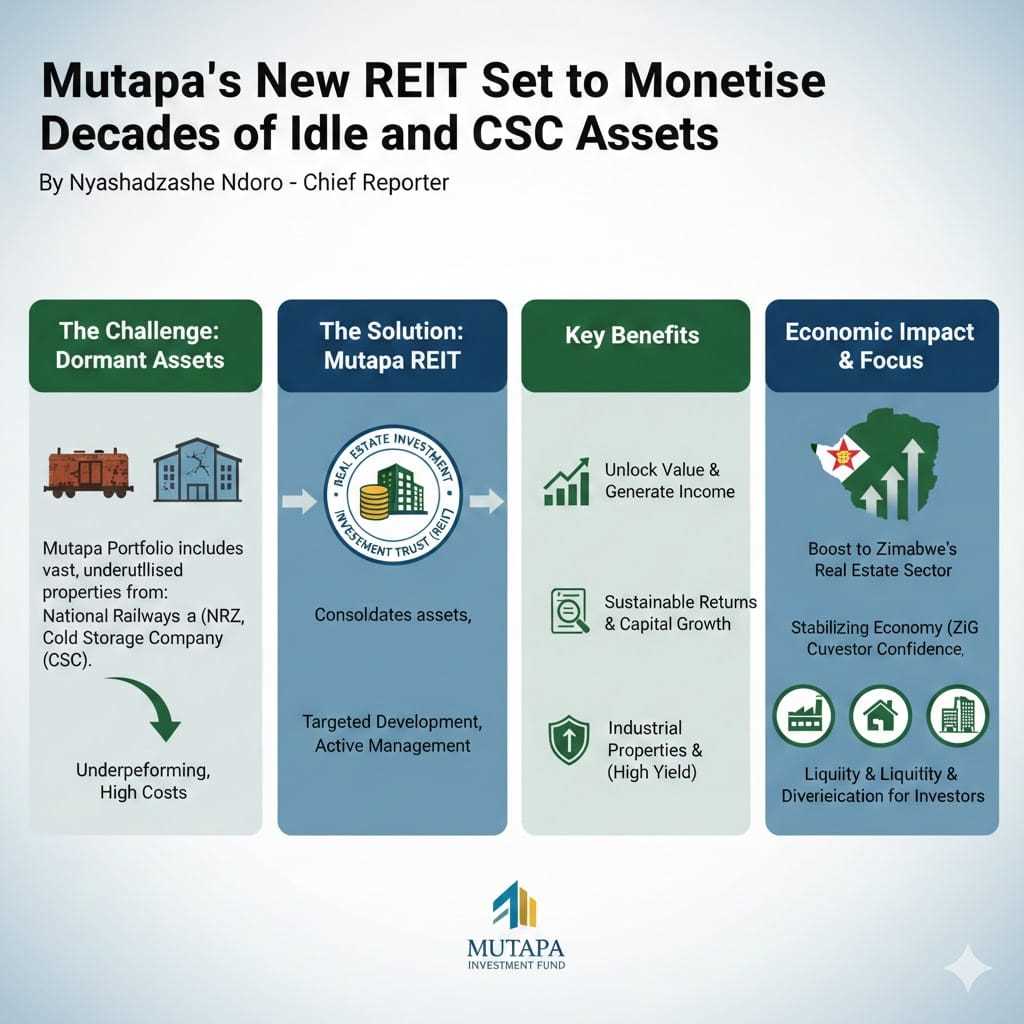
Audrey Galawu
ASSISTANT EDITOR
The Confederation of Zimbabwe Industries has predicted a positive outlook for the country as higher earnings are projected due to a sharp rise in gold production.
Statistics from Fidelity Printers and Refineries show that gold production in the first two months of 2024 increased by 11.5% to a total of about US$4.2 tonnes.
CZI believes there is an opportunity to increase production to leverage the increasing gold prices.
While key commodities such as platinum, soyabeans, maize and wheat prices decreased, the international price of gold rose by 7% from US$1 897.71 per ounce in January 2023 to US$2 034.04 in January 2024.
Related Stories
The Confederation also said price movements of some key commodities will play a pivotal role in shaping Zimbabwe’s 2024 economic performance in the face of El Nino induced drought.
“A look at the price movements from January 2023 to February 2024 shows that the international prices for platinum, soyabeans, maize and wheat were constantly decreasing since December 2023. However, gold prices increased in January 2024 and then decreased in February 2024.
“The movement of precious metals directly affects Zimbabwe’s earnings. Gold alone generated US$1.8 billion in total export revenues in 2023. The increment in the price of gold is attributed to the announcement of favourable macroeconomic indicators in the United States.
“This raised anticipation that the US Federal Reserve would begin to loosen its monetary policy stance in early 2024, resulting in enhanced gold’s relative attractiveness as an alternative investment asset to US dollar-denominated instruments,” CZI said.
The average price of platinum fell by 12.6% to US$925.9 per ounce in January 2024 compared to January 2023, before further falling by about 11% in February 2024 compared to the same period in 2023 to US$849.2 per ounce.
“The sharp drop in the price of platinum is attributed to reduced demand from the automotive sector, which might be drawing down on its inventories.”
According to CZI, this has the potential to reduce the supply of foreign currency into the economy, which could also compound Zimbabwe’s exchange rate woes.




















Leave Comments